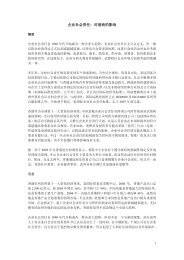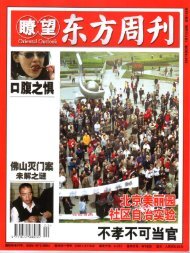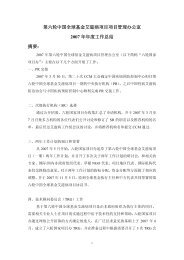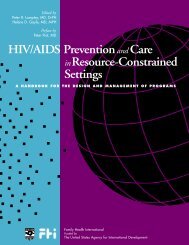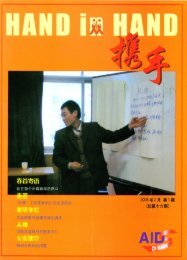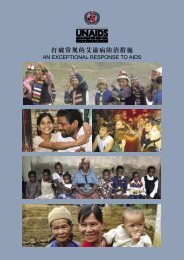What is HIV and AIDS?
What is HIV and AIDS?
What is HIV and AIDS?
You also want an ePaper? Increase the reach of your titles
YUMPU automatically turns print PDFs into web optimized ePapers that Google loves.
How might religious or cultural practices or<br />
ethnic diversity affect actions / perceptions in<br />
respect to <strong>HIV</strong> & <strong>AIDS</strong>? (e.g. how are<br />
condoms perceived as opposed to abstinence<br />
<strong>and</strong> being faithful as methods of prevention?)<br />
<strong>What</strong> methods would be appropriate in<br />
conveying messages?<br />
know. Everyone in the organ<strong>is</strong>ation should<br />
complete a survey.<br />
Consider the diversity of the population while<br />
addressing inaccurate or incomplete knowledge.<br />
Working with a local counterpart will also provide<br />
valuable insight into the local community. You<br />
may need to tailor activities as appropriate, taking<br />
a softer approach. It <strong>is</strong> important to build the trust<br />
of the participants to then enable deeper <strong>is</strong>sues to<br />
be d<strong>is</strong>cussed.<br />
Using participatory methods such as those<br />
included in th<strong>is</strong> guide or those from other sources<br />
<strong>is</strong> a good way to engage participants in<br />
d<strong>is</strong>cussion. These methods may be new to the<br />
participants <strong>and</strong> they may seem wary, so being<br />
prepared <strong>and</strong> confident <strong>is</strong> important.<br />
4) Preparations before each session<br />
Location of the room <strong>is</strong> important. Ensure that it <strong>is</strong> large enough for all participants<br />
<strong>and</strong> has enough space to move around in. Use a room that <strong>is</strong> private because you<br />
will be d<strong>is</strong>cussing <strong>is</strong>sues that can be very personal <strong>and</strong> sensitive. Th<strong>is</strong> <strong>is</strong> especially<br />
important in trying to create a safe <strong>and</strong> open environment for participants.<br />
Setting of the room - Try to set the room up so that you can<br />
see all the participants involved. A horse-shoe shape () <strong>is</strong><br />
one way. Th<strong>is</strong> also allows room for the participants to see<br />
one another <strong>and</strong> room to move around. For different<br />
activities, change the layout of the room accordingly.<br />
Materials – Make sure that you have all the materials you need<br />
before the session begins. Flip-charts, maker pens, post-it notes, any props,<br />
h<strong>and</strong>outs, booklets <strong>and</strong> information leaflets etc.<br />
Translation – to make things easier for participants it would be best to translate all<br />
h<strong>and</strong>outs. Whilst preparing for the session, ensure that you <strong>and</strong> your co-facilitator<br />
are clear on the context of the work. Sometimes, things do get lost in translation but<br />
it <strong>is</strong> important to communicate the same messages, particularly when dealing with<br />
very sensitive <strong>and</strong> personal topics.<br />
Warm-ups <strong>and</strong> energizers – these are good to get people talking to one another<br />
<strong>and</strong> get people involved.<br />
Monitoring <strong>and</strong> Evaluation – prepare tools to gain feedback on the activity/session.<br />
Th<strong>is</strong> can help you to determine what worked well, what needs improvement <strong>and</strong><br />
suggestions for future activities. See Monitoring <strong>and</strong> Evaluation section for more<br />
details.<br />
6




